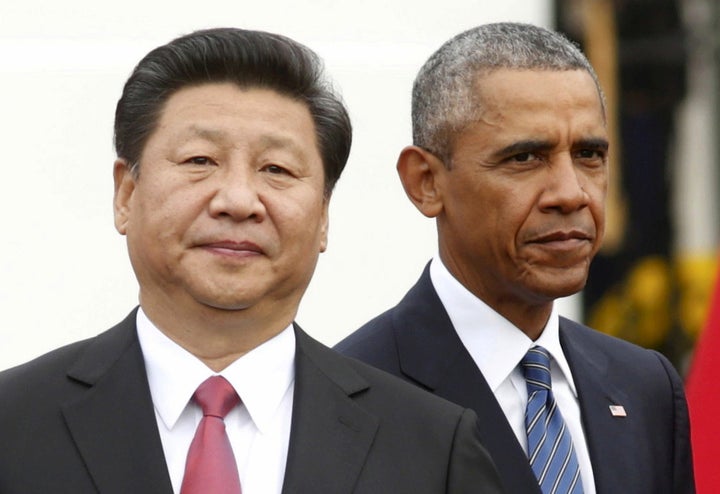
Nearly a year after announcing a breakthrough joint effort to cut carbon emissions, climate negotiators from the United States and China have convened in Los Angeles to highlight local government efforts to implement the countries’ ambitious climate change agenda.
The U.S.-China Climate Leaders Summit, which takes place Tuesday and Wednesday, comes a week before Chinese president Xi Jinping is set to visit Washington, D.C., and 10 months after he and President Barack Obama came to a landmark climate change agreement. In that deal, the U.S. vowed to reduce carbon dioxide emissions 28 percent from 2005 levels by 2025 and China promised to lower emissions and have 20 percent of its energy needs come from zero-emission sources by 2030.
This week’s meeting underscores the importance of local actions by cities, states and provinces to meeting those needs. Climate policy experts say local buy-in is a crucial element to tackling climate change on national scale.
“While both countries have adopted aggressive national targets and policies, implementation must ultimately occur at the local level,” Joanna Lewis, an associate professor at Georgetown researching energy, environment and innovation in China, told The Huffington Post. “Local level cooperation can help train local government officials on innovative ways to reduce emissions, and can be tailored to the specific circumstances of the region.”
Climate negotiators on Tuesday announced a partnership between 10 cities in China and 10 in California, the U.S. state that has taken the boldest policy steps by far to address climate change.
“California has led the way in the United States in implementing aggressive climate targets as well as renewable energy programs, so there is much that China can learn from California’s experiences with innovative policy design,” Lewis said.
Los Angeles and its partner Chinese cities Shenzhen and Guangdong ― the only cities that have so far been named in the partnership plan ― will all share best practices in constructing green buildings, promoting green jobs and expanding trade in clean energy. Local-level actions like these city partnerships are an important shift away from the “top gun manner” the two countries used to address climate change in years past, said Li Shuo, a senior climate and energy policy officer with Greenpeace East Asia.
“It is virtually impossible for countries as big as the U.S. and China, if you only have one actor or one driver sitting on top, to take any meaningful climate action measures,” he said. “You need to utilize the subnational actors as well, and that’s what they are doing.”
The partnership will also be an opportunity for cities in China and California to study each other’s local cap-and-trade systems, which set a limit on how much companies can pollute and lets them buy and sell polluting rights to each other. The local-level systems may could also influence each other, one study pointed out last year, as they all are developing in the absence of a national cap-and-trade program. China has said it would implement such a program in 2016 but GOP leaders in the U.S. have remained vehemently opposed to the concept.
Shuo is confident China will deliver on its promise for a national cap-and-trade program, as it isn’t plagued by the same political divisions as the U.S.
China doesn’t “have a polarized situation when it comes to this issue,” he said. “We have a very solid general consensus that we need to act on this issue for a number of reasons ― domestic air pollution, energy security ... There is really not a situation where you have two forces on the far extremes.”
Another announcement from the Los Angeles meeting was that 11 Chinese cities now have plans to reach emissions peaks ahead of the national target of 2030, according to The New York Times. The most ambitious new timelines are in Beijing, Guangzhou and Zhenjiang, which all set a 2020 target. After that date, emissions from those regions are expected to decline.
That’s crucial in a country with such vastly different economies in each region, Lewis said.
“To allow the poorer provinces to continue to develop, the wealthier provinces will have to peak earlier, so that overall national emissions can peak by 2030,” she said.
The Los Angeles summit could have a major influence on policymakers around the world as they head to the United Nations climate summit in Paris this fall.
“The Summit represents a key opportunity to galvanize climate action before December’s United Nations climate conference in Paris,” U.S. Special Envoy for Climate Change Todd Stern said in a press release.

